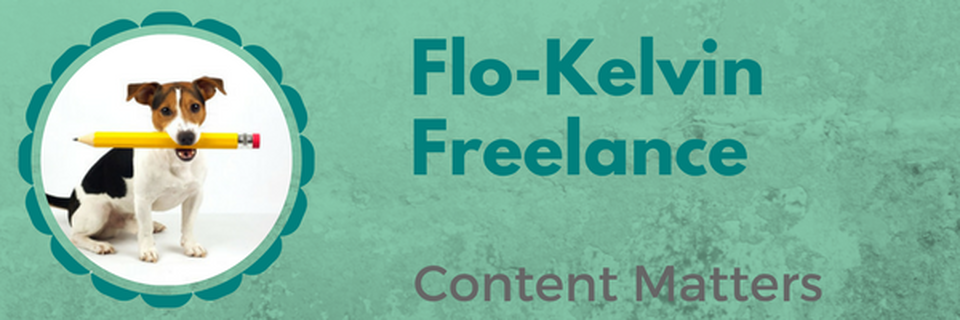Did you notice?I've been gone for a while. I was very busy writing, publishing, and marketing my first book. A Culture of Caring; A Suicide Prevention guide for Schools (K-12). And now I'm back! Buy it on Amazon or from any bookseller. A Culture of Caring: A Suicide Prevention Guide for Schools (K-12) was created as a resource for educators who want to know how to get started and what steps to take to create a suicide prevention plan that will work for their schools and districts. It is written from my perspective as a school principal and survivor of suicide loss, not an expert in psychology or counseling. I hope that any teacher, school counselor, psychologist, principal, or district administrator can pick up this book, flip to a chapter, and easily find helpful answers to the questions they are likely to have about what schools can do to prevent suicide. Learn more about the book and why I wrote it at https://www.theodoraschiro.com/ I'm back in the saddle again, ready to write outstanding content for you. Let me know what you need, and we'll chat.
BLOG UPDATES: I updated a few of my blog posts to make them more current. Stay tuned for new content!
8 Comments
You know what your audience wants If you are on the marketing team for your company or nonprofit, you have to ask important some questions. Who is your product or service for? What are their characteristics? What problem are you trying to help them solve? With some research on current trends, surveys, and customer interviews you'll have a better idea of what educators' needs are. Then you’re ready to find the buyers. Not just the customers who want your product, but the people controlling the checkbook. Who will buy your product or service? I come from the world of K-12 education. I remember what it was like to be a teacher, a principal, and a director. It was exciting to find a new product or service that would make learning more engaging for kids! But finding the money to pay for it was hard. And the purchasing decision wasn't always up to me. You need to figure out who the decision-makers are in a school district. Can an individual make the call, or does it require approval from a committee, school board, or district administrator? Not all school districts are alike. It’s a good idea for marketers to study org charts and websites to find out how the district is set up. Try to find the right person according to their department and job responsibilities. Then consider what information they need to decide whether or not to buy. Be ready to provide it.  It depends… Marketers might assume that district leaders are the target audience – but depending on the product, that is not always the case. Do you sell instructional materials or web-based solutions that will help students learn skills or subject matter? Or are you providing products that will help the central office staff do their jobs more efficiently? It’s important to know who the end users are. Students? Teachers? Coordinators? Specialists? Instructional Coaches? District office staff? Which department? When you find that out, you’ll have a better idea of who to start with. If they like your materials, they're likely to share their enthusisam and recommend a purchase. What happens next? Once you've identified the end users it's not always clear who will authorize the purchase. Most districts have limited budgets for supplies and materials – sometimes as little as $5 per student for the school year. Yes. True. When the funds come out of the school budget, the principal or assistant principal might make the final purchasing decision. Sometimes a large expense needs to go to someone at the district level for approval, and you’ll need to include a director or assistant superintendent in the conversation.
 All large expenditures, over $10,000 in some districts but sometimes anything more than $3000, has to go through a bidding process. If you or the buyer can prove that you are the only provider of an item or service, then you might get around that rule. Your product can sell itself if you introduce a sample to the end users first. Once they have fallen in love with it, schedule a meeting with the actual decision-makers.  How long will it take? Selling to schools is not like selling retail merchandise directly to consumers. You can’t just put your items on a shelf next to the check-out and hope educators will buy them on impulse. It starts with building relationships, whether you use your website, social media, email or meet in person – and it takes time. If your product or service is expensive, you may expect to spend a year or two building relationships, offering free demos and free trial periods. If the district is considering a buying decison, remember that school budgets are created well in advance of each school year. If a school or district wants to invest in your product, they need to include the expense while the budget is being created. Selling to schools can be a long-term process. It could take months or even years before the sale actually happens. Be patient and don’t give up. Results drive success! Is your product unique, useful, and helpful for teachers or district staff? Will they use it to do a better job teaching students? Have you built a positive relationship with your customers? Yes? Then you are already a step ahead of your competitors. Schools will look to you for current trends and new ideas that will help them do their jobs. As long as you are available to solve their problems, they'll keep coming back.  Looking for an experienced writer to help with your content marketing? I know a lot about education! Let's talk. Theodora Schiro Flo-Kelvin Freelance High-Quality writing for educational marketing. 480-459-8221 theodora@flo-kelvinfreelance.com www.flo-kelvinfreelance.com |





 RSS Feed
RSS Feed